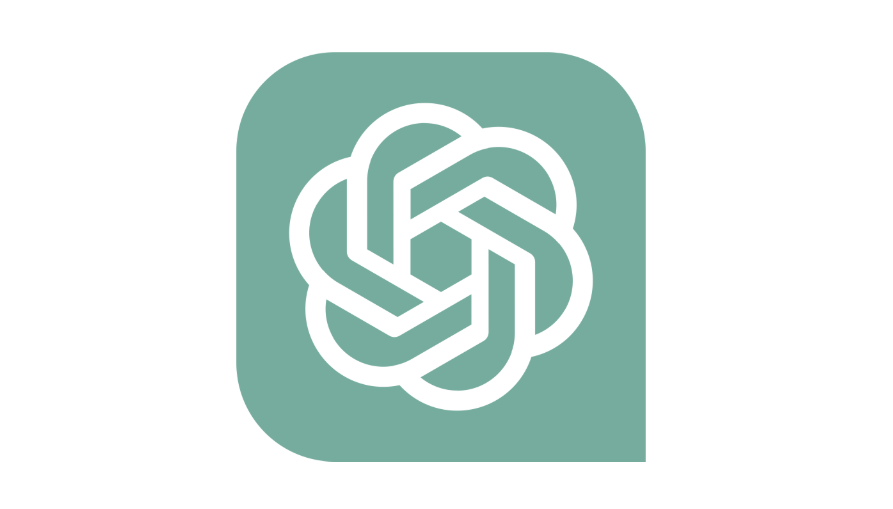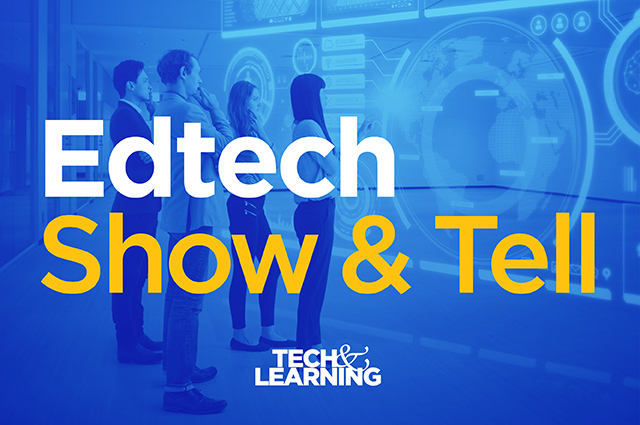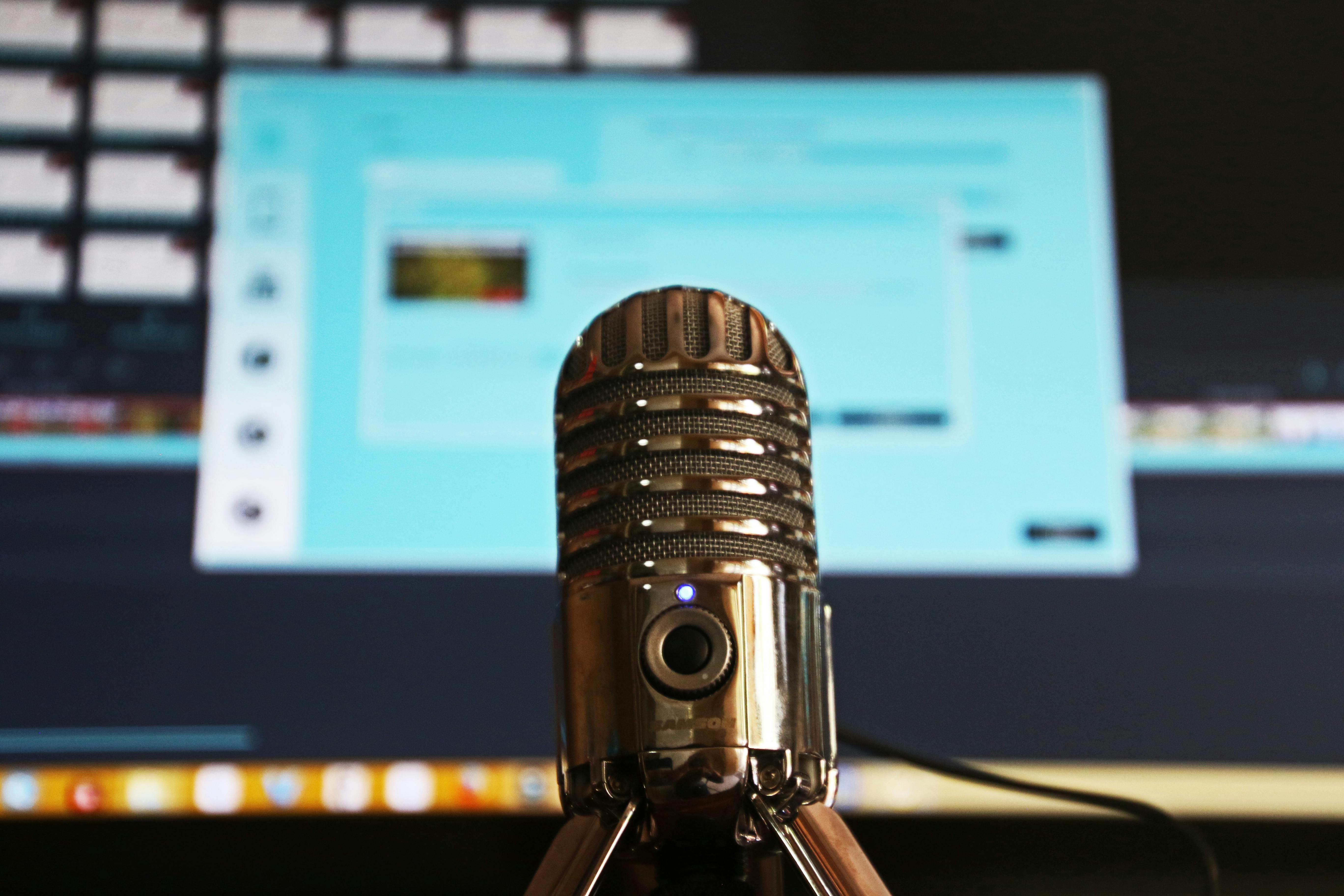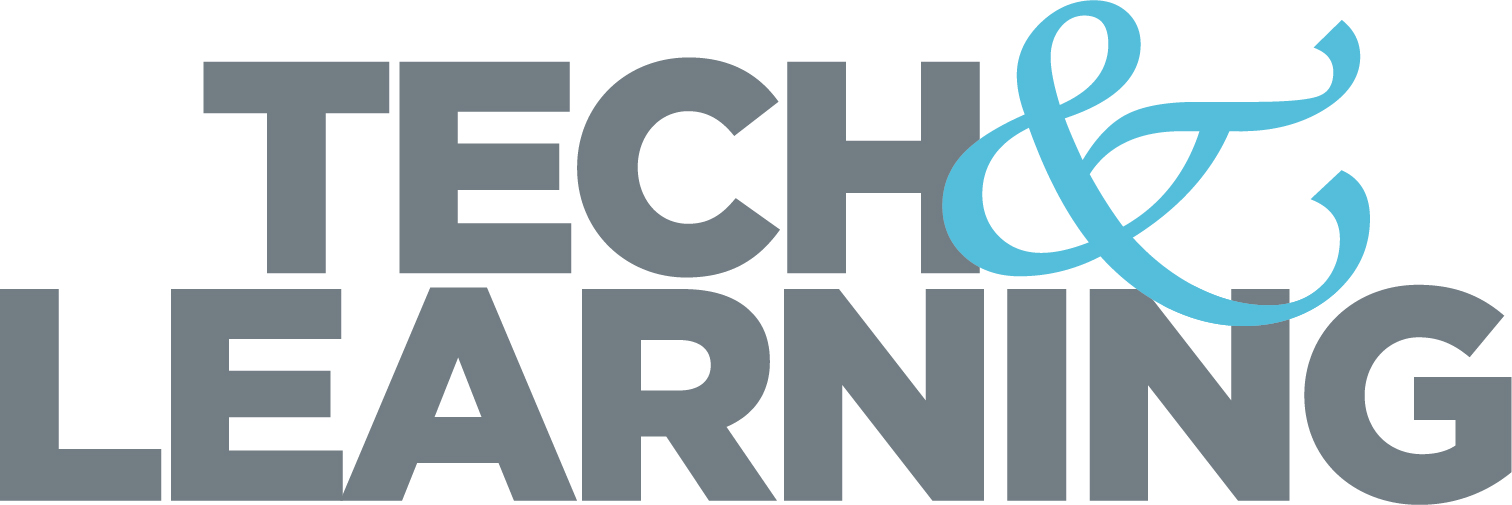The Science of Reading: What Teachers Need to Know
To better understand the science of reading and some of the intense debate around it, we spoke with literacy expert and psychology and education professor Nell K. Duke

The science of reading has become a hot topic in schools in recent years. Since 2019, more than 45 states have passed one or more bills aimed at reforming reading instruction. These bills were passed in response to a growing consensus among researchers that many classrooms had veered from the best practices for teaching reading.
However, the science of reading remains a topic so fiercely debated in school districts and universities across the country, it is sometimes dubbed “the reading wars.” In addition, not everything labeled “science of reading” actually follows the science of reading, say experts.
To help get an overview of what is going on we turn to literacy expert Nell K. Duke, a professor of education and psychology at the University of Michigan and the executive director of the Center for Early Literacy Success.
What is The Science of Reading?
“The science of reading refers to a body of research about reading, and that includes research about the reading process, what happens in our minds as we read, but also reading development, how do we learn to read, and how does that proceed for children differently and at different paces, and so forth,” Duke says. “Also reading instruction falls under the science of reading. For example, when we do research comparing one way of teaching reading to another way of teaching reading, and we look at which ones are more successful for kids.”
The final aspect of the science of reading is the study of the implementation and efficacy of reading approaches at scale, whether in large cities or at the state level or in other places.
Duke adds that although the science of reading has become a buzzword recently, it’s not new. It dates back to the 1800s and has been used through much of the 20th century.
What Are Some Teaching Strategies That Don’t Adhere to The Science of Reading?
Duke stresses that the majority of reading instruction practices employed by educators are at least somewhat effective at teaching reading, but are not always the most effective way to teach reading. “For example, something you’ll often see teachers do is try to get children to memorize certain high-frequency words,” Duke says. “That’s actually not the most effective way to teach those words and have them stick for kids.”
Tech & Learning Newsletter
Tools and ideas to transform education. Sign up below.
She adds, “Another example that is so common in schools and has been for decades is to give kids a list of vocabulary words, and then their job is to look the word up in the dictionary and then write a sentence using the word, but that’s less effective than any other technique I’m aware of to teach vocabulary.”
What Should Teachers Do Instead?
When a child is learning a word such as “was,” Duke understands that it can be tempting to try and get them to memorize it.
“That’s not spelled as you might guess, and so you might think, ‘I’m going to have kids memorize that whole picture of the word,’” she says. “It actually is still best to say, ‘was” and listen for the three phonemes the sound in ‘was.’” Then she advises having kids map the sounds of each syllable to the corresponding letter even if it is making a slightly unexpected sound, as is the case with the “a” in "was."
For vocabulary, teachers want to avoid the dictionary scavenger hunt. “One thing that helps with vocabulary is to help children relate new words to known words,” Duke says. To do this, she suggests making a web or map of words that have similar meanings.
What Role Does Technology Play in All This
Duke believes there is potential for technology, including AI, to help students more efficiently learn to read. The trick is making sure to utilize tools that are based on the latest research.
For example, Duke has worked with Amira Learning, an AI-powered writing tool built on the science of reading, and says this type of collaboration between literacy researchers and edtech developers is what is needed.
“The right model for the field in my view is one where there is a partnership or collaboration between people who have the expertise in technology and people who have expertise in reading instruction,” she says.
Why Did Some Schools Move Away From Phonics?
Some science of reading advocates say that not enough emphasis has been placed on phonics in some districts and states. Duke says that like anything else, reading instruction is subject to trends.
“Sometimes I think what happens is that because reading is so complex, there's so many different things that go into it, people will pay attention to one of those important things for a while and they let others fall to the wayside, and then they switch to some other one and then others fall to the wayside,” she says. “It's a little bit like if you get really focused on having good sleep habits, maybe you pay a little bit less attention to the exercising. When it comes to teaching, sometimes people have gotten wrapped up in some other focus, like building comprehension or motivation to read and that has led to less attention to phonics. Or at other times people paying less attention to phonics, or less attention to comprehension, or less attention to motivation . . . but the thing that we know about reading is that all of them have to get our attention.”
Erik Ofgang is a Tech & Learning contributor. A journalist, author and educator, his work has appeared in The New York Times, the Washington Post, the Smithsonian, The Atlantic, and Associated Press. He currently teaches at Western Connecticut State University’s MFA program. While a staff writer at Connecticut Magazine he won a Society of Professional Journalism Award for his education reporting. He is interested in how humans learn and how technology can make that more effective.










